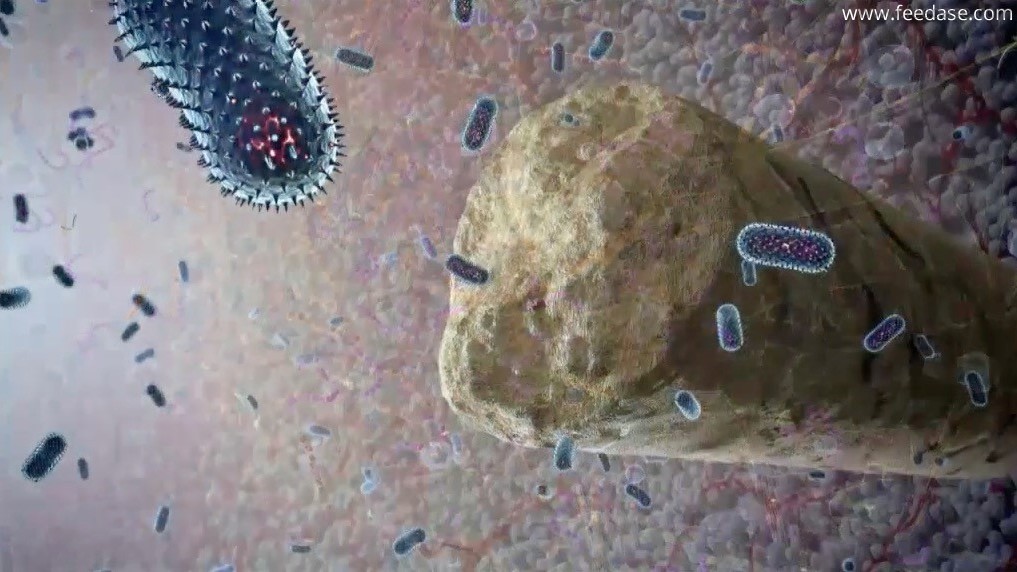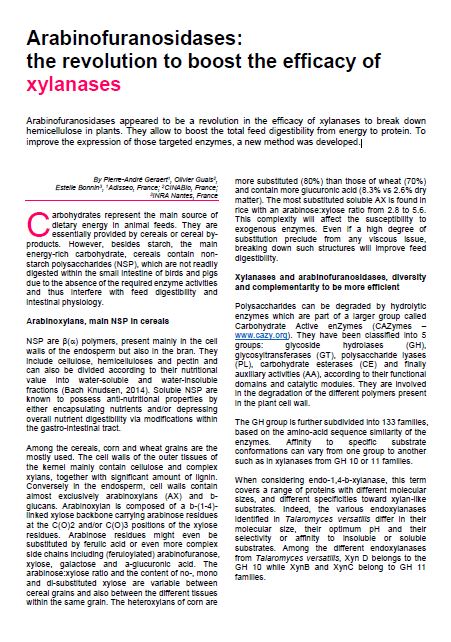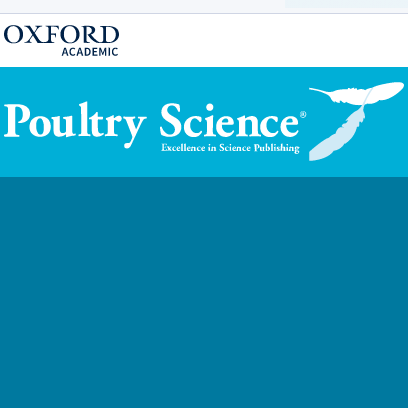NSPs have anti-nutritional properties as they reduce feed digestibility in four main ways:
- The cage effect – endogenous enzymes are physically prevented access to nutrients inside the cell wall.
NSP in grains’ cell walls reduce physical accessibility to nutrients and prevent digestive endogenous enzymes to access theirsubstrates. Soluble NSP act by encapsulating nutrients, such as phosphorus, proteins and lipids.
For example, the aleurone layer of wheat has a high concentration of nutrients that are not directly accessible to endogenous enzymes. For more information, watch the video of Knud Erik Bach Knudsen, from Feedchannel, February 2017. - Increased gut viscosity – high levels of NSPs in the digesta reduce the effects of endogenous enzymes and reduce nutrient absorption.
Increased intestinal viscosity is attributed to water soluble NSP fraction; the arabinose branches provide NSP with soluble properties, as they bind water and finish in the gastro intestinal content. - Increasing endogenous losses and mucus production – by influencing secretory and absorptive processes, NSPs can also cause inflammation in the GIT, affecting absorption and resulting in a metabolic cost for the bird.
The presence of NSP also decreases the digesta passage rate. Although feed passage rate is slowed with increased viscosity, gut motility actually may increase (Silah et al., 1991). The increased gut motility may contribute to greater endogenous secretion of nutrients, that may represent a costly metabolic event and may encourage wet feces or fermentation. NSP also may have irritating effects and cause inflammation in the gut, increase the demand in amino acids. - Changing the substrates reaching the hindgut and thus the gut microbiota.
Many of the constituents of the soluble fraction of dietary fibers are not well digested and act as a substrate for microbial fermentation, modulating the microbial population and microbial diversity in the GIT (Van der Meulen, J., H. Panneman, and A. J. M. Jansman. 2010).


